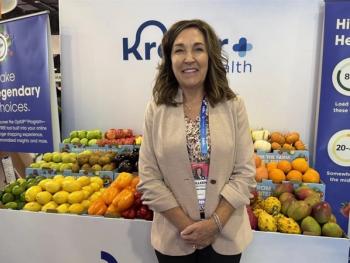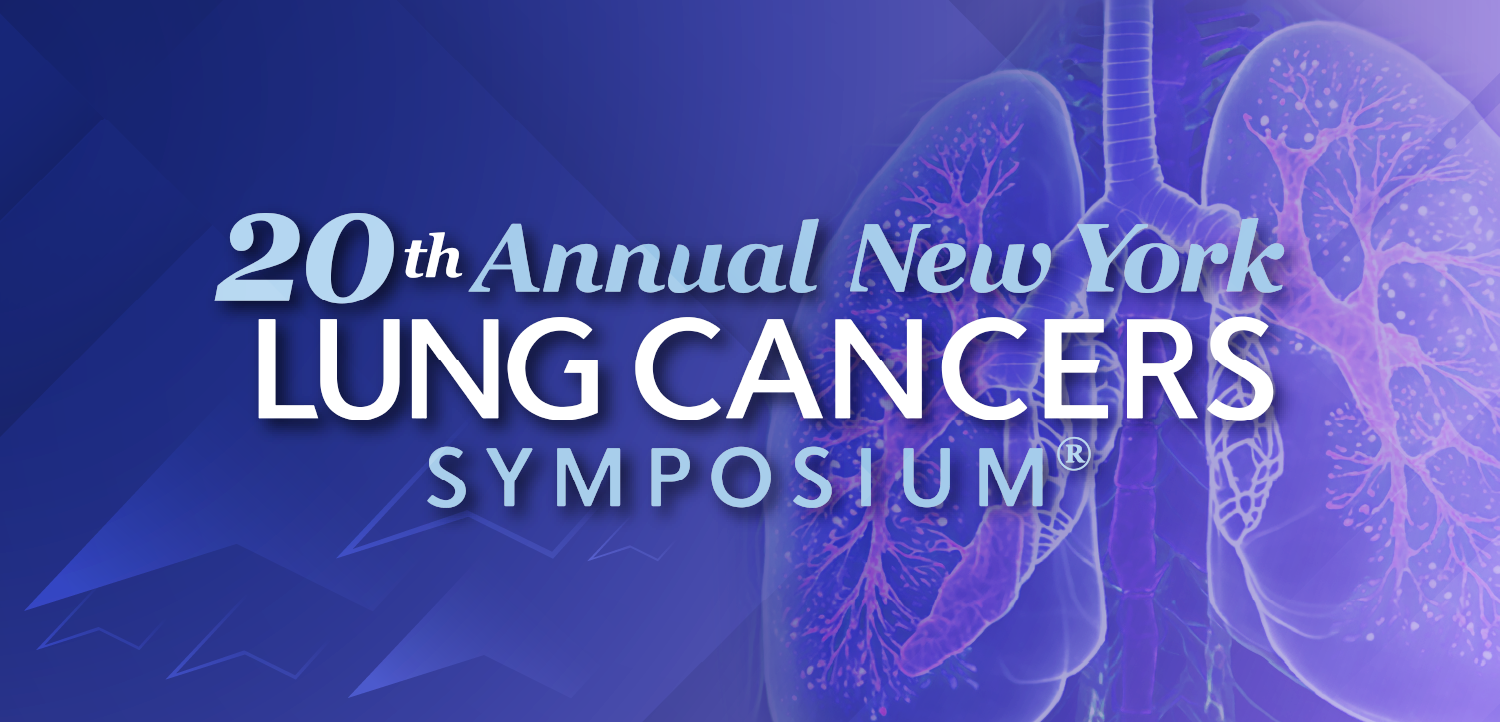
Health Information Exchanges Are the Hidden Heroes of Hurricane Season
As Hurricane Florence strikes, HIEs are working to connect displaced patients to their medical records.
In the sprawling world of health tech, it’s easy for critical but understated technologies and initiatives to get lost in the hype. Health information exchanges (HIEs) fit that description, lacking the publicity power of brand-name wearables and the intrigue of artificial intelligence.
But HIEs provide great resources to healthcare organizations and patients. And as Hurricane Florence begins to strike the U.S. and millions of evacuees spread across the Eastern Seaboard, the significance of HIEs becomes clearer than ever.
These organizations are, in effect, the hidden heroes of hurricane season — and they might just save a few lives or, at the very least, improve outcomes and empower patients and clinicians.
>>
Take the Georgia Regional Academic Community Health Information Exchange (GRAChIE), which serves healthcare groups and providers in that state. At this very moment, the HIE is setting up connections with South Carolina, North Carolina, Virginia and Florida members of the eHealth Exchange — a national health data-sharing network that includes 75 percent of U.S. hospitals.
GRAChIE and the eHealth Exchange’s work today is a coordinated effort to meet the medical needs of patients who have already been forced from their homes, awaiting what could be a devastating storm.
“We are making great strides for building bridges and exchange throughout the southeast as the storm approaches,” said Tara Cramer, GRAChIE’s CEO. “We are currently taking connections live with the approach we used last year during Hurricane Irma with great success.”
That last note is important: GRAChIE and other health information groups have been on the front lines before. They might not receive the same attention as emergency responders, U.S. Coast Guard officials and even clinicians, but HIEs are there, if only behind the scenes.
In fact, through groups like the Sequoia Project and the federal government, disaster preparedness and response has become an important initiative for experts who are working toward greater interoperability. (See
The reason why is simple: the pursuit of better patient outcomes. HIEs, of course,
“In disaster situations such as Hurricane Florence, physicians must have instant access to electronic patient histories to provide safe and effective care,” noted Jay Nakashima, vice president of eHealth Exchange.
The chief way through which data visionaries are gearing up for adversities like the one facing the U.S. today is the Patient Unified Lookup System for Emergencies (PULSE). This system provides authorized healthcare volunteers access to the medical records of patients who are injured or displaced. PULSE went live during last year’s California wildfires and has since played a role in other emergencies.
Ultimately, the data-sharing system is slated to become a national platform for communities in distress.
But it’s also up to individual HIEs, like GRAChIE, to do their part. And its peers in the Strategic Health Information Exchange Collaborative, a national association dedicated to making data follow patients, have answered the call during Hurricane Florance. The NC Health Information Exchange Authority, for instance, has also been working with its colleagues to ensure that North Carolina residents won’t suffer worse outcomes because they are far from home and without their medical data.
Although the precise effects of these high-tech information efforts might remain unclear in the near future, it’s hard to argue against more medical data sharing in a time of crisis. As Sequoia Project CEO Mariann Yeager noted, such initiatives could prevent treatment doors from closing.
“People need seamless healthcare, whether for emergency care or just uninterrupted prescription access, when they are displaced by a disaster,” she said.
And that’s why HIEs and undertakings like PULSE play a more significant role in hurricane response than most people understand — at least for now.
Get the best insights in healthcare analytics
Related

















































